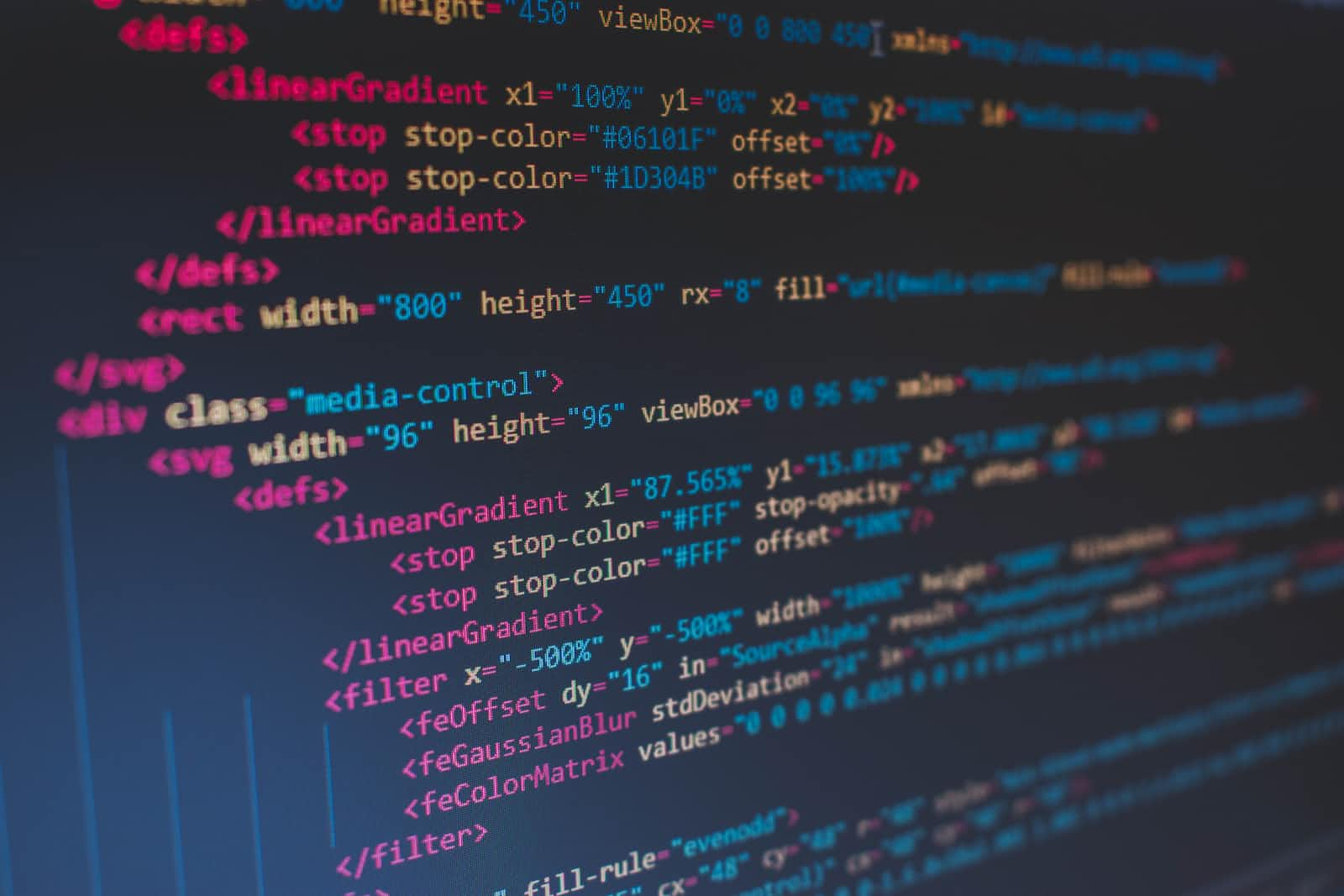My Journey Into Tech
 Ebube Oguaju-Dike
Ebube Oguaju-Dike
This is an update from my last post about switching from JavaScript to Python and how that has been for almost the past 1 year.
I struggled to advance as a programmer with JavaScript, there were a lot of difficulties I experienced with the "console.log" path and I think it was because JavaScript wasn't the best option as a first programming language specifically for me.
Would I ever pick it up again? Yes, I think so.
I believe Python programming gave me the opportunity to pick up the basics of the craft and as I advance in programming, I can easily translate my knowledge so far into any programming language that comes my way.
Where am I now?
While I was focused on mastering a programming language, It is now important to me to fully understand the full picture of the craft.
So what does that really entail?
Variables: Variables are used to store and manipulate data in a program. They have a name and a value, which can be changed during program execution.
Data Types: Programming languages support various data types, such as integers (whole numbers), floats (decimal numbers), strings (text), booleans (true/false), and more. Understanding and using the appropriate data types is essential for effective programming.
Control Structures: Control structures allow you to control the flow of execution in a program. Common control structures include conditional statements (if/else, switch) for making decisions based on conditions, and loops (for, while) for repeating a block of code.
Functions: Functions are reusable blocks of code that perform specific tasks. They take input parameters (optional) and can return values (optional). Functions help organize code and make it more modular and manageable.
Algorithms: An algorithm is a step-by-step procedure for solving a problem or performing a specific task. It involves designing a logical sequence of instructions that leads to the desired outcome.
Object-Oriented Programming (OOP): OOP is a programming paradigm that organizes code around objects, which are instances of classes. It emphasizes concepts such as encapsulation, inheritance, and polymorphism, enabling modular and reusable code.
Input and Output: Programs often need to interact with users or external sources. Input refers to receiving data from users or external sources, while output is the presentation of results or data to users or other systems.
Debugging and Troubleshooting: Debugging is the process of identifying and fixing errors or bugs in a program. Learning how to read error messages, use debugging tools, and systematically identify and resolve issues is crucial.
Software Development Life Cycle (SDLC): The SDLC represents the overall process of developing software, including requirements gathering, design, coding, testing, deployment, and maintenance. Understanding this cycle helps you follow best practices and deliver robust and reliable software.
Problem-Solving: Programming involves breaking down complex problems into smaller, manageable tasks and designing algorithms to solve them. Developing strong problem-solving skills is essential for effective programming.
Problem solving is what is the most important to me and utilizing online tutorials, coding exercises, and interactive coding platforms is helping me to meet my target.
Share with me how my journey is similar to yours in the comment.
Subscribe to my newsletter
Read articles from Ebube Oguaju-Dike directly inside your inbox. Subscribe to the newsletter, and don't miss out.
Written by

Ebube Oguaju-Dike
Ebube Oguaju-Dike
I am a developer from Nigeria. I am a Python developer and technical writer focused on data and machine learning. Tech Enthusiast in Blockchain, Hadoop, Python, Cyber-Security, Ethical Hacking. Interested in anything and everything about Computers.